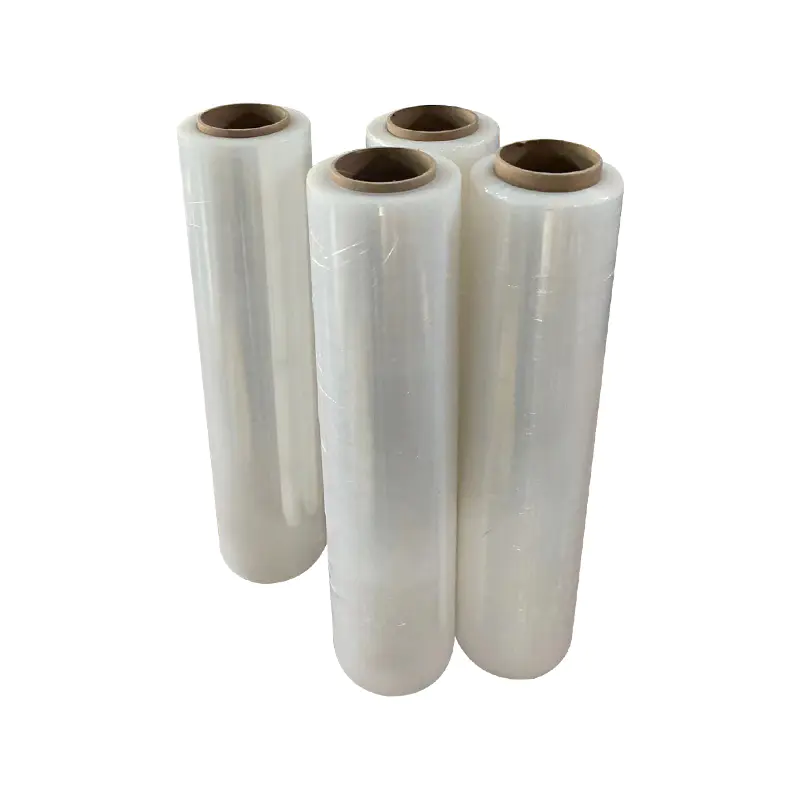Recycling PE/PP co-extruded films differs from recycling single-layer films due to the presence of multiple polymer layers, each with distinct properties. Here’s an explanation of the key differences and challenges in the recycling process:
Compatibility of Materials
Single-Layer Films: Recycling single-layer films made from either PE or PP is relatively straightforward, as they consist of a single type of polymer. In this case, the material can be melted and reprocessed without concerns about the interaction between different polymers.
Co-Extruded Films: Co-extruded films have layers of both PE and PP, which are chemically different polymers. PE and PP have different melting points and molecular structures, which makes it difficult to recycle them together. If not separated properly, the different layers may interfere with each other during reprocessing, leading to reduced quality of the recycled material, such as poor mechanical properties or contamination.
Separation of Layers
Single-Layer Films: No separation is needed since the film is composed of only one type of material.
Co-Extruded Films: In co-extruded films, separating the PE and PP layers before recycling is difficult and often not feasible using current mechanical recycling methods. The layers are tightly bonded during co-extrusion, and separating them requires advanced techniques, which can be expensive and energy-intensive. Without separation, the mixture of PE and PP may result in lower-quality recycled material or limit its potential applications.
Recycling Process and Yield
Single-Layer Films: The recycling of single-layer films generally results in higher-quality recycled material because the polymer is consistent throughout. It can be remelted and repurposed into new products with minimal degradation in performance.
Co-Extruded Films: Co-extruded films present a challenge because the presence of both PE and PP, along with any added coatings or adhesives, can reduce the recyclability and yield lower-quality recycled material. The mixed nature of the recycled output often means it cannot be reused for high-performance applications. This limits its use to lower-grade products like plastic lumber or low-end packaging.

Use of Chemical Recycling
Single-Layer Films: Chemical recycling for single-layer films is simpler, as it focuses on breaking down a single type of polymer (either PE or PP) into its original monomers, which can then be used to create new plastic.
Co-Extruded Films: Chemical recycling of co-extruded films is more complex because it requires processes that can handle multiple polymers simultaneously or separate them chemically. This method is more costly and less widely available compared to mechanical recycling.
Environmental Impact and Challenges
Single-Layer Films: Single-layer PE or PP films have a more established recycling infrastructure, making their environmental impact lower when properly recycled. They can be efficiently collected, sorted, and reprocessed, reducing landfill waste and conserving resources.
Co-Extruded Films: The difficulty in recycling co-extruded films means that a significant portion of these films may end up in landfills or incinerators. In some cases, co-extruded films might be considered non-recyclable or downcycled into lower-grade products. This leads to higher environmental costs and more plastic waste in the environment.
Advances in Recycling Technologies
Single-Layer Films: Existing recycling systems are better suited for single-layer films, and continuous improvements in these systems can further enhance the recyclability of PE and PP films.
Co-Extruded Films: Advances in recycling technologies, such as compatibilizers (additives that help different polymers blend together more efficiently during recycling), are being explored to improve the recyclability of co-extruded films. These compatibilizers can allow the PE and PP layers to mix more effectively during the recycling process, producing a more homogeneous and higher-quality recycled material.
Economic Feasibility
Single-Layer Films: Recycling single-layer films is more economically feasible because of the simplicity of the process and the widespread infrastructure for handling single-material plastics.
Co-Extruded Films: The complexity of recycling co-extruded films makes the process more expensive, requiring specialized equipment and techniques. This added cost can discourage recycling, especially if the recycled output is of lower value than the original material.



 English
English 中文简体
中文简体














